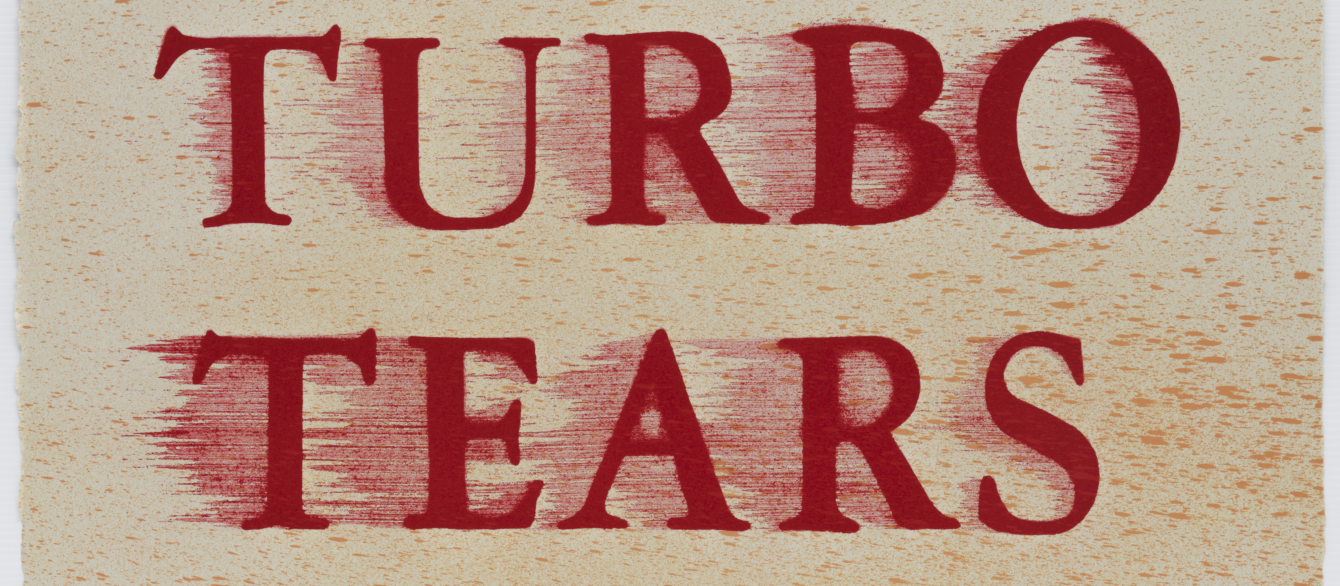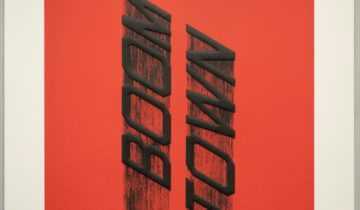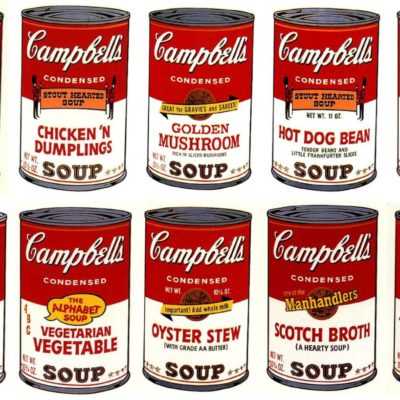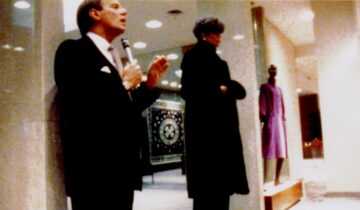In the 1950s and 1960s, young artists in Britain and the United States began to look to Hollywood movies, advertising, product packaging, and comic books for inspiration. In part, they were reacting against highly expressive, large scale, abstract paintings and traditional ideas of what qualified as art. Their work was labeled Pop art.
Pop artists often created work that was straightforward and slick, employing bold primary colors and text. They adopted commercial advertising methods like silk-screening or producing multiples which deemphasized the artist’s hand and subverted the idea of originality. Humor was also a main component of Pop art—artists made statements about current events, poked fun at fads, and challenged the status quo.
In this exhibition, we highlight works from some of America’s first-generation Pop artists, such as Andy Warhol, whose Campbell’s Soup II series turns an everyday product into high art, as well as Robert Indiana, who referred to himself as a “sign painter” rather than an artist. The ideas of Pop continue today as seen in the work of Oklahoma artist Ed Ruscha, who creates “word paintings” that play with language and put “the noise of everyday life” onto the canvas.
Read more about these newly acquired works by Ruscha, HERE.
Credit: Ed Ruscha, Turbo Tears, 2020. Lithograph on Rives BFK Paper, 23 5/8 x 29 15/16 in. Oklahoma City Museum of Art. Museum purchase with funds from the Gene Barth Acquisitions Endowment and the Oklahoma Art League, 2021.045 © Ed Ruscha













